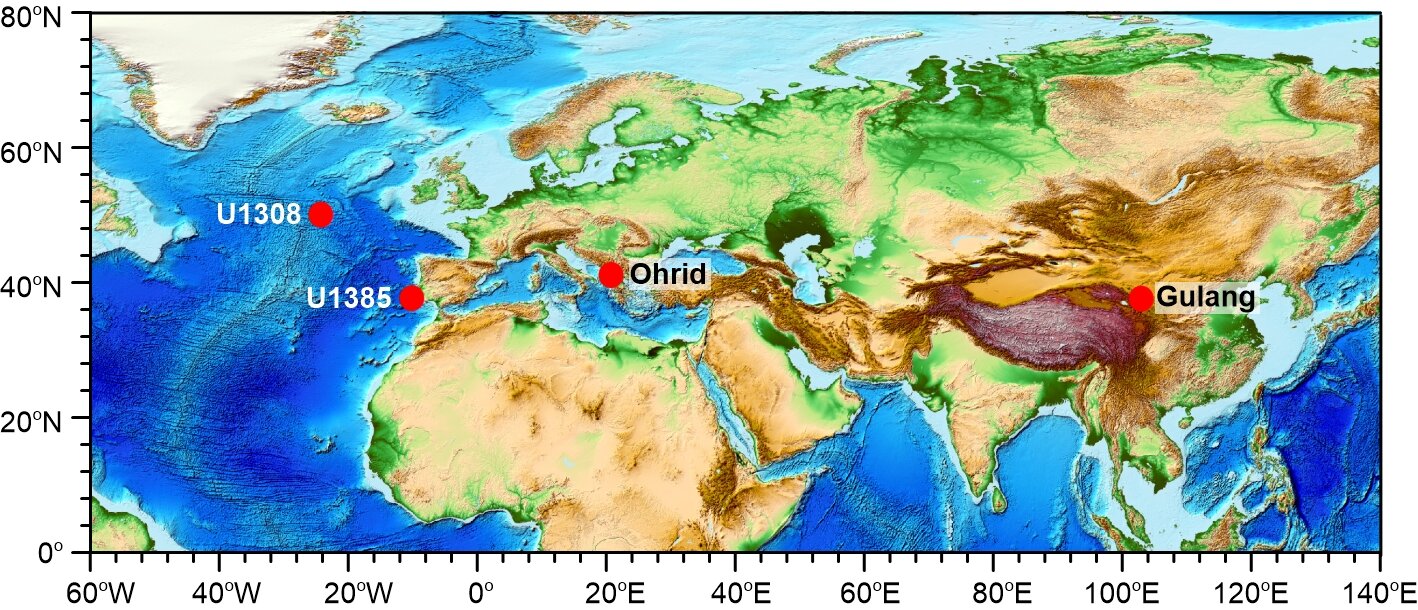Forest fires fueled by the El Niño Southern Oscillation (ENSO) phenomenon could be responsible for the short-term spikes in methyl bromide, a known destroyer of the ozone layer
If future ENSOs become stronger or more frequent, adding methyl bromide could delay the recovery of the ozone hole, the scientists say. Photo: iStock
Wildfires fueled by the El Niño Southern Oscillation (ENSO) phenomenon could be responsible for the short-term spikes in methyl bromide, a known ozone depleter. That’s according to a new study.
ENSO is a climate model that alternates between warm and cold phases. These patterns, which trigger changes in temperature and precipitation, trace back to the waters of the Pacific Ocean.
Methyl bromide is an odorless and colorless gas from natural and industrial sources. It naturally enters the atmosphere from oceans and forest fires.
Human activities can also release gas. Previously, farmers relied on methyl bromide to control a wide variety of pests, including fungi, weeds, insects, roundworms and rodents.
About 50 to 95 percent of the substance eventually finds its way back into the atmosphere, according to the U.S. Environmental Protection Agency.
However, in 1995, parties to the Montreal Protocol, an international treaty to phase out chemicals that destroy the Earth’s natural sunscreen, the ozone layer, decided to phase out the gas. It took 10 years to completely eliminate the gas.
Consequently, methyl bromide levels dropped. But Stephen A Montzka, one of the study’s authors, noticed an unusual trend: a mysterious short-term annual peak in gas.
“I was closely reviewing my record of atmospheric methyl bromide concentration measurements, which includes observations at a dozen sites around the world since 1995,” Montzka said. Down to earth.
These variations cannot be explained by the decline in human-related production, mandated by the Montreal Protocol, he added.
Previous analysis suggested the variability had something to do with ENSO variations, he said.
Montzka and his team decided to dig deeper for more clues. So they used surface measurements from the National Oceanic and Atmospheric Administration or NOAA’s Global Air Sampling Network. Then, they analyzed the different sources of this gas.
The team attributes 46% of the annual variation in atmospheric methyl bromide abundance to global fires.
Their analysis showed that the increase in forest fires during the warm phase of ENSO (El Niño) could likely explain the interannual variations in methyl bromide levels.
“We first found a strong correlation between the growth rate of atmospheric methyl bromide concentrations and ENSO,” said lead author Melinda Nicewonger, a postdoctoral fellow at NOAA’s Global Monitoring Laboratory.
“This is an interesting paper that highlights a complex interplay between climate variability (ENSO) and ozone depletion,” said Martyn Chipperfield, professor of atmospheric chemistry at the University of Leeds, United Kingdom. DTE. The expert did not participate in the study.
He said that the overall situation with methyl bromide is positive, thanks to the Montreal Protocol. “Nevertheless, it is important to understand natural emissions and how they may vary,” he noted.
In the early 1980s, scientists noticed that the ozone layer was thinning considerably over Antarctica. Since the Montreal Protocol, ozone has been on the road to recovery. The hole is expected to recover by 2050, according to modeling studies.
“We still expect the ozone layer to recover, but variations in natural methyl bromide emissions could change that,” Chipperfield said.
Montzka agreed. “If future ENSOs become stronger or more frequent, the addition of methyl bromide could delay the recovery of the ozone hole,” he said.
We are a voice for you; you have been a great support to us. Together, we are building independent, credible and fearless journalism. You can still help us by making a donation. It will mean a lot to our ability to bring you news, insights and analysis from the ground up so that we can effect change together.




